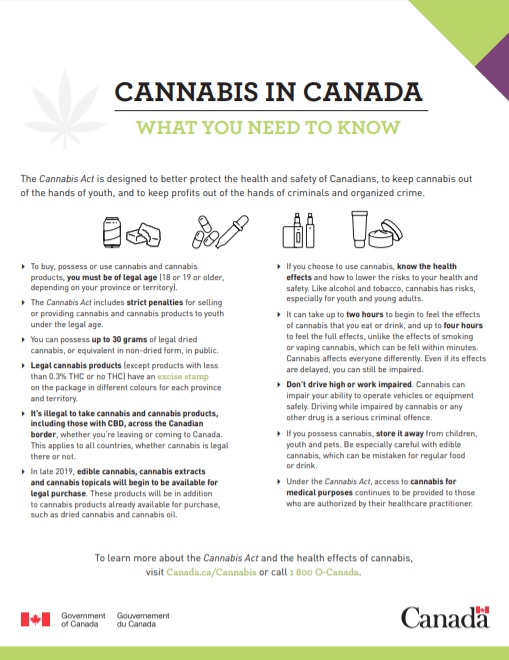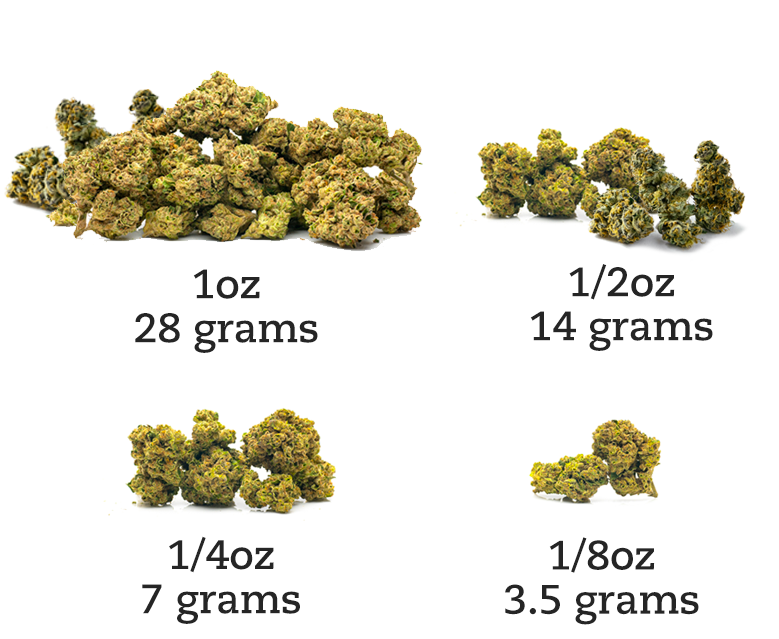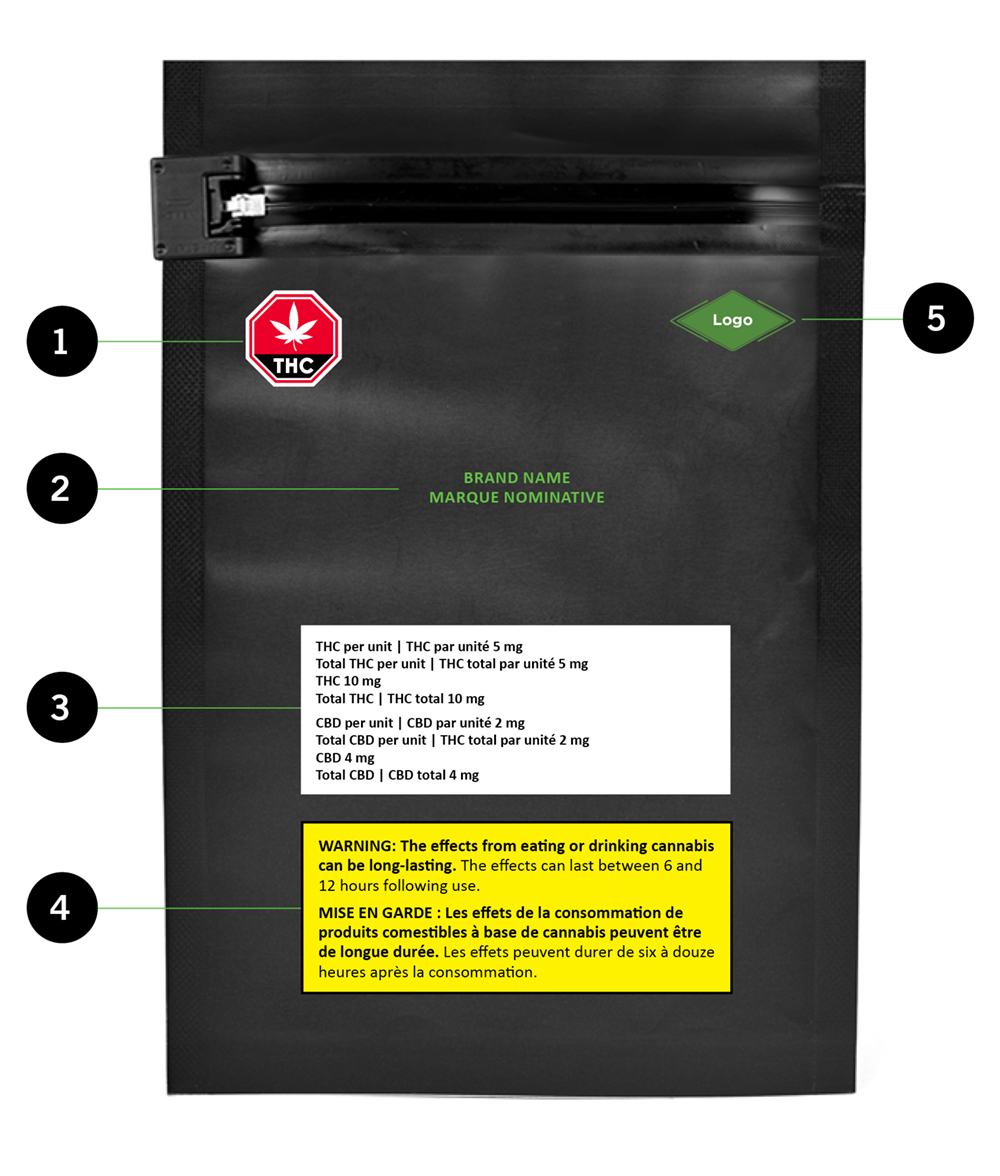No products in the cart.
Weed Measurements Guide 2022
27 Oct 2022

Finding out exactly how much weed you’re getting for your buck should be simple, but it isn’t. Apart from the fact that there’s different terminology floating around (can you tell the difference between a dub and an eighth?), weed measurements are also a tragic mashup of the imperial and metric system. On top of all that, you have different products like edibles or concentrates, which have measurements that have nothing to do with their weight.
So, if you’re worried about sounding like a novice, you’re not alone. The truth is that most people have no idea what they’re talking about when it comes to marijuana measurements and are just “winging it.” If you do want to be the smartest person in your group and confidently order the right amount of weed, stick around for a guide to measurements which should help demystify the language.
How These Measurements Can Affect You
You may be left wondering exactly why you should worry about these measurements in the first place. After all, you can just talk to your bud-tender and ask for twenty dollars’ worth of weed and be on your way. But, if you want to know if you’re overpaying for it or getting a good deal, you need to understand these measurements.
If you’re paying twenty dollars for a gram of weed, for example, the chances are you’re getting ripped off.
By understanding how much weed you get per dollar, you will be more informed and able to go looking for a better deal. There are so many different dispensaries and online shops out there that you’re spoilt for choice and it can take time to find the right price.
Why Weed Measurements Matter
Also, as you start comparing prices, you’ll quickly realize that the more you buy, the more you can save, as many dispensaries offer discounts on bulk cannabis buys. But if you didn’t know that an ounce is about the size of a coconut and you’re only an occasional user, you may be in for a shock when your coconut-sized delivery arrives.
These measurements are even more important if you start delving into the world of concentrates and edibles. Since it’s easy to over-consume edibles and concentrates, you want to have a bit more control over how much you’re using. Essentially, this means understanding the various measurements at play.
For instance, you can see a 100mg edible and think it’s incredibly weak. Especially if you can smoke two grams of weed in a single sitting. What you may not know is that the 100mg edible contains a full 100mg of THC, which is much higher than what you’d get from a joint. And since concentrates can be even more potent than edibles, understanding measurements is essential for not overdosing.
A lot of cannabis use is about experimentation, to find your personal sweet spot. But this can be made easier if you understand how all the different measurements interact with each other and learn how to convert between them all. This knowledge allows you to identify your tolerance and apply it to all the various forms of cannabis out there today.
Canadian Regulations Regarding Weed
Another really important aspect of weed measurements is that while using weed is now legal, there are still stringent regulations regarding the possession and sale of marijuana. In fact, the Canadian government has been kind enough to standardize these regulations to cover all sorts of weed products, from edibles to fresh flowers, and even seeds.
According to the Canadian government, you’re allowed to possess 30g of dried weed at a time. This translates to:
- 150g fresh cannabis
- 450g edibles
- 5g concentrate
- 30 seeds
- 2250g liquids
As you’ve noticed, all these measurements are in grams. Unfortunately, the language surrounding weed measurements is still in ‘ounces’ or in fractions of ounces. It’s another reason to be able to make the conversion between the two, ensuring that you’re not accidentally on the wrong side of the law.

Different Measurements
One of the biggest sources of confusion when it comes to measurements is the United States’ determination to stick to imperial units, as opposed to the rest of the world’s much saner metric system. If you ever see something measured in ounces and pounds, you have the Americans to thank for it.
So, if you want weed measurements to make sense, you have to learn how to convert between the two.
A good baseline is to remember that a gram is usually the lowest amount you can buy online and is roughly the size of a grape. A gram is enough if you want to roll two small joints and is a great measurement if you want to try out a new strain.
The next step is to wrap your head around imperial to metric conversions.
- An ounce is equal to 28 grams and is probably the highest amount you’ll be able to buy legally.
- So, if an ounce is 28 grams, then a quarter of an ounce is 7 grams.
By keeping these values in mind, you should be able to get a rough estimate of how many grams are in the most common measurements used.
Measurement Glossary and Common Measurement Usage
Once you’ve gotten a handle on the metric system, you can start diving into the world of weed jargon. Most of this jargon stems from the days when weed was illegal and people needed a code in order to communicate. Obviously, the more the code was used, the more obvious it was that it was associated with weed and the words needed to be changed up.
Some of this jargon is based on weights, while other terms relate to how much you can expect to pay. Let’s look at today’s weed measurement terminology, as well as some more obscure jargon that you may still hear now and then.
Dime and Dub
Dimes and dubs are measurements based on the amount you pay for your weed. Dimes refer to $10 bags, while dubs refer to $20 bags. How much weed you get will vary greatly, depending on your location and the quality of your supplier.
Many reputable online dispensaries will never use these terms and will instead stick to weight measurements, either imperial or, if you’re lucky, in grams.
Eighth
This refers to an eighth of an ounce, or around 3.5g. It’s a good amount for casual smokers who can use it for about a week. It’s perfect for if you’re trying a new strain or cultivar, but many experienced smokers will go through it quickly.
Quarter
A quarter of an ounce is around 7g and is the amount of choice for most weed users. It can last for a decent amount of time and starts getting to the point where you are saving per gram of weed if you buy in bulk. A quarter ounce of weed should be the size of a normal apple. Interestingly, old timers may still refer to a quarter as a nickel bag, and a half-nickel as an eighth. This is confusing because it makes no mathematical sense. Still, this was common terminology in the 70s and 80s.
Half
A ‘half,’ unsurprisingly, is half an ounce of weed or 14g. This is a good amount if you’re a regular user who wants to buy weed once in a while. What’s great about buying in bulk is that you save per gram, meaning you get more bang for your buck. The more you buy, the more you save.
Ounce (also, Full O, Zip)
An ounce is 28g, which is a solid amount of weed. You’re unlikely to ever need to buy more at one time unless you’re a dispensary or supplier yourself. In fact, an ounce edges quite close to the legal limit of how much weed you’re allowed to possess by Canadian law. Unless you’re a medical patient, in which case you’re allowed 150g of dried cannabis.
An ounce is more than enough for even the most determined smoker and should last you between two weeks and a month to use. There’s no reason to buy more than this, since weed can, and will go stale if not used quickly. And don’t think you can be smart and buy lots of weed and freeze it for later. You may be disappointed to find out that storing weed that way may completely ruin the potency and taste of the drug.
Most of the jargon surrounding weed tends to refer to an ounce of weed. The Full O, or Z, or zip, all refer to an ounce. The Full O is quite self-explanatory. But you may wonder where the term zip or Z comes from. The common story is that back in the bad old days, an ounce of weed fitted conveniently into a Ziploc bag, which combined with the fact that the abbreviation for ounces is oz, and lead to the slang term Z, or zip.
So, if you’ve ever heard someone refer to a zip of weed and wondered, ‘How much is a zip of weed?’, you now have a convenient answer. It’s also a great anecdote to tell your friends next time you smoke a joint together.

What About Edibles and Concentrates?
All of the amounts we’ve discussed above apply to dried and cured cannabis flowers. Various cannabis strains all have differing amounts of THC, with most strains containing 15 – 30% THC per weight. As cannabis experts create more potent strains every year, you can expect this number to go up by quite a bit in the future.
When it comes to edibles and concentrates, the amount of THC is the most important measurement and is usually given in milligrams (mg) instead of in percentages. This makes it easy to compare various concentrates or edibles to each other. But it also can be tricky to know how this relates to grams of weed.
In general, use the percentage of THC in your regular weed to work out how many milligrams of THC you ingest when you smoke. You can then use this as a rough estimate to work out where to start when it comes to edibles or concentrates.

Getting Clarity on Measuring THC
Measurements for edibles can be confusing. The packaging will give you the total amount of THC, not the THC amount per dose. So, let’s say you buy a pack of 20 gummies, and the package says, ‘100mg THC’. That’s the total amount of THC in the pack, not per gummy. In fact, each gummy only contains 100/20 or 5mg THC.
Since the recommended edible dose is 10mg, you’d need to eat two gummies to get a decent high. Maybe you’re wondering, ‘How strong is a 100mg edible?’ Suffice to say, it’s strong enough to be 10X the recommended dosage and would keep you tripping for a long time.
An easy rule of thumb when it comes to concentrates is to keep in mind that an ounce of weed will concentrate down into between 2g and 6g of butane hash oil (BHO) and between 3g to 4g of cannabis oil. An eighth of weed will give you 30 doses of cannabis tincture. This usually comes in a bottle with one hundred doses. And with edibles, stick to 10mg until you feel comfortable going higher.
Conclusion
The world of weed measurements is a crazy one, with a long and storied history. Until everybody adopts the same standards, you need to take the time to learn the various weed measurements for yourself. Doing this will give you the confidence to order the exact amount you want and help you avoid any nasty surprises when ordering online.
We’ve standardized the measurements in our store and work on grams. But, the cunning observer will notice that those grams correspond to the traditional ounce measurements. We’ve done all we can to make shopping as easy as possible.
By understanding weed measurements, you can also better understand your personal tolerances. This can be really useful when you start experimenting with different strains of weed. Even more so if you decide to delve into the world of edibles or concentrates.
Weed should be an enjoyable experience, and there are so many new things that you can try. From dubbing to cooking, weed has taken off. By understanding various weed measurements you can navigate this world with confidence.
To learn more about weed scales, check out our article, “How to Find the Best Scale for Weed.”





